
When the Jewish community of Schmalnau ceased to exist in October 1936, increasing harassment and the loss of civil rights meant that the Jews of Schmalnau who remained in Germany were already facing deportation and extermination camps. A certain number of younger Jews were able to emigrate abroad, but for the parents' generation there was usually no escape.
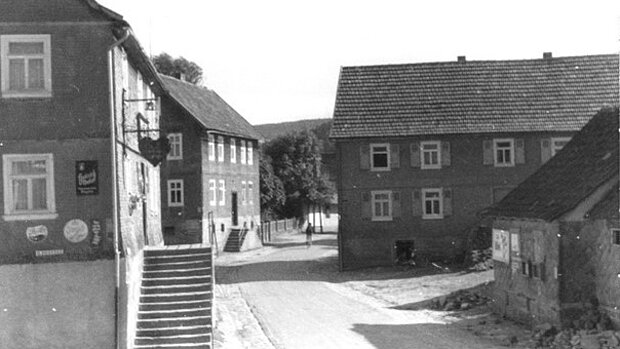
In 1933, there were still around 55 Jewish people living in the town, or just under 8% of the 700 inhabitants. By 1937, almost all of them had moved away, most of them to Frankfurt am Main.
Of the Jews born in Schmalnau or who lived there for a long time, 24 are known by name as Holocaust victims. The 16 stumbling stones laid today, honor the victims who lived here for a long time and were known and trusted by their fellow citizens.
A look at the cadastral map in the appendix shows that the Jewish business premises were located around today's village square and supplied the population with important goods such as food, tools and textiles.
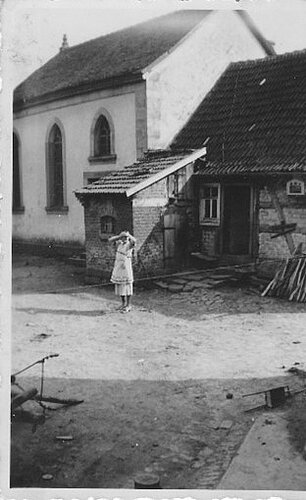

The reason for their settlement in the early 18th century was in many cases the knightly nobility, such as the Ebersbergers, who could be supplied in this way with so-called luxury goods such as spices, coffee, tea, wine, fabrics and similar products, but also levied protection money and taxes in return, for example as early as 1700 by a Schmalnau Jew named Abraham.
Around 1810 there were 10 Jewish households with traditional Jewish names, by 1811 the names had already been Germanized and the Kupfers and Tannenwalds were already appearing. In 1866, the Jewish citizens finally received legal equality when Electoral of Hesse fell to Prussia. This period probably also saw the construction of the synagogue and, adjacent to it, a Jewish religious school and a ritual immersion bath called a mikvah.
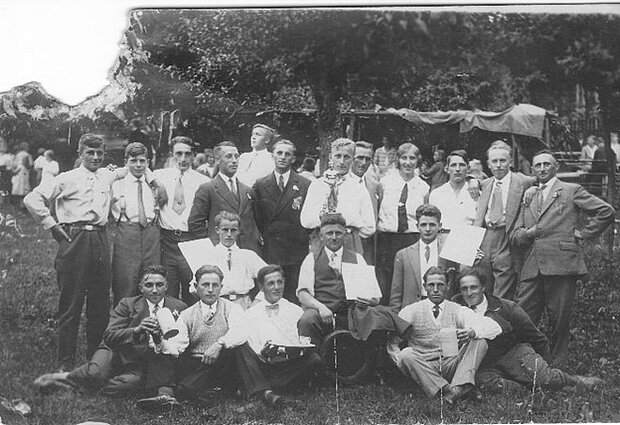
In the following years, the Jewish citizens are involved in public life, there are co-owners of the community forest, participants in World War II and also 2 victims of World War II, they are members of the trade association and also in the social clubs.
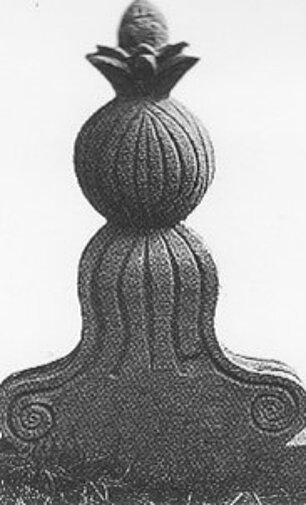
If life for Jewish citizens had been relatively normal until 1933, it was now that the new National Socialist laws began to cover up resentment, agitation and reprisals. Shopping with Jews was banned and so some customers stopped paying their outstanding bills, windows were smashed and Jewish traders were threatened by SA men, as Rita Reinberg reported in a 1985 interview in the Fuldaer Zeitung. The merchants lost their livelihood. They were forced to sell their houses and move to larger Jewish communities, mostly to Frankfurt am Main, where the economic situation seemed easier for them.
There is a list of 28 names, mostly young people, who left Schmalnau from 1932 and moved to the USA, Palestine, South Africa, Holland and France.
In October 1936, the Jewish community was dissolved as the 10 men of legal age required to conduct services were no longer in the village. The Torah scrolls were taken to Fulda, some of the religious objects went to Palestine and some were buried at the Jewish cemetery in Weyhers.
In the summer of 1938, the political community bought the synagogue, which saved it from destruction in the November pogrom night. After the war, it was turned into a fire station. In 1983, it was sold to the neighbor on the condition that it could be demolished, which it was in 1984. Today this would probably no longer be permitted. Today there is a garden in its place. A memorial plaque and the gable sculpture have been erected on the village square.
The November pogroms, also trivialized as “Kristallnacht”, marked the transition from discrimination to systematic oppression in social life. Harassment such as the confiscation of passports, the wearing of the Jewish star, the confiscation of property and forced labor in road construction and the arms industry led to the deportations to concentration camps from 1939 and ultimately to the murder of 6 million Jews.
This fate was also experienced by the victims commemorated by the Stumbling Stones laid today.
We begin with the

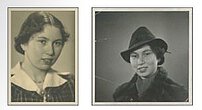
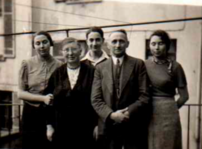
Mr. and Mrs. Grünebaum and their daughter Erna
Heinrich Grünebaum was born on January 27, 1883 in Gersfeld and married Regina Kupfer, who was born on January 4, 1879 in Schmalnau. He was a trained shoemaker and they also had a shoe store. There are five known children, two daughters, Ida and Erna, and three sons, Fred, Hugo and Robert, who emigrated to the USA, England and South Africa. The parents Heinrich and Regina and the youngest daughter Erna were deported from Frankfurt to the Minsk ghetto on November 11 and 12, 1941 and murdered there. The exact date is unknowen.
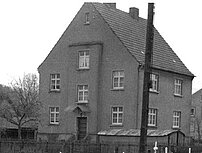
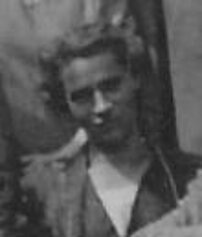
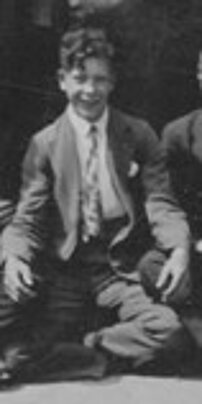
Family Leopold
The father Izaak Leopold, born in 1846, and his wife Amalie, née Kahn, born in 1853, were a religious teacher and a kosher kosher butcher in Schmalnau. They had many children. One son Louis died in the First World War, Jakob was a cantor in Ingolstadt and died in 1938. Samuel and David escaped to the USA, there is no information about Ilse and Itzfried. Sarah, born in 1884, was deported from Frankfurt and murdered in Minsk in 1942. Max, born in 1895, was deported to Theresienstadt in 1942 and murdered in Auschwitz in 1944. Berta, born in 1890, was deported together with her ten-year-old son Ivan in 1942 and murdered in Minsk. There are no photos of these family members.
Her sister Johanna, known as Hannchen, born in 1887, was married to the master painter Karl Kümmel. Together they built the house opposite the elementary school, now part of the municipal administration. Her marriage to a Christian initially protected her, but after his death she presumably moved to Frankfurt with her son Werner and daughter Hilde and was deported from there in 1943 and murdered in Auschwitz on April 2, 1943. Her son Werner, known as Bubi, born in 1924, was then sent to the Sachsenhausen, Flossenbürg and Bergen-Belsen concentration camps, where he was also murdered. Their daughter Hilde, born in 1926, presumably survived in the USA and was married there.
Family Reinberg
The master butcher Adolf Reinberg, born in 1884, ran his own butcher's shop in Oberdorf. He was married to Netta (Henriette), born in 1887, a daughter of the fish farmer Katz. The marriage produced three children. Manfred (Mosche) managed to escape to Palestine on the occasion of the Maccabiad, the Jewish World Sports Games in April 1935, and married his fiancée Rita Isselbächer from the Tannenwald family. His brother Sally emigrated to the USA in 1936 and his sister Erna also went to Haifa. The Reinbergs were the last Jewish family to leave Schmalnau on November 9, 1938 and move to Frankfurt. In 1941, they were deported to the Kovno camp in Lithuania and murdered on November 25, 1941.
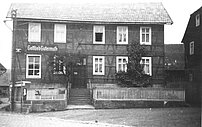
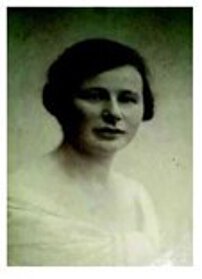
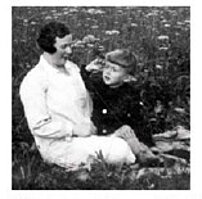
Descendants of the Tannenwald family
The two brothers Israel Isidor and Mordechai Markus Tannenwald each ran a store on today's village square. Israel traded in household items and hardware, Markus in colonial goods.
Paula, born on May 20, 1888, married Hermann Moses, who died in 1934. She moved with her sickly son Erich first to Lohr am Main, then to Frankfurt, where Erich died in 1941 at the age of 14 after having his leg amputated in a Jewish hospital. Paula was then deported to Raasiku near Reval in Estonia and murdered on arrival on September 31, 1942.
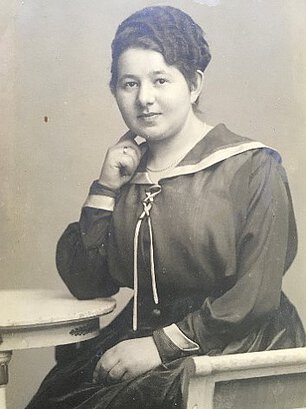
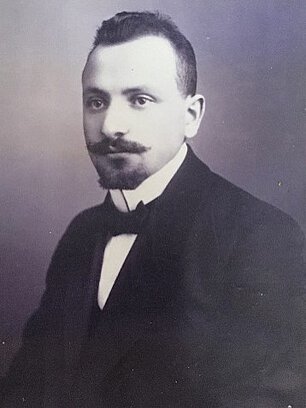
In 1919, her sister Meta, born in 1894, married the merchant Julius Heilbronn from Tann, born in 1886, and they continued to run the business in Schmalnau. Due to the poor business situation, they were forced to sell the property in 1936 to Gottlieb Gutermuth from Dalherda, who opened a shoe store. Julius Heilbronn took on a janitor's job at a Jewish children's home for boys in Frankfurt. The Heilbronns had three daughters. The two eldest, Edith and Elsa, were both taken on Kindertransports to the USA at the age of 12, where they survived. Elsa still lives by the Sea of Galilee in Israel and is 97 years old. The youngest sister Margot, born on August 24, 1929, was deported with her parents to the Kovno ghetto in Lithuania on November 22, 1941 and murdered there on November 25, 1941.
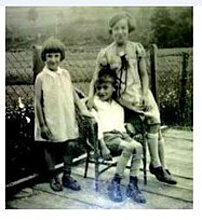
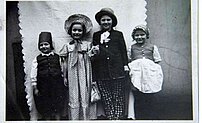
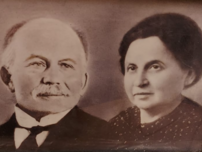
Markus Tannenwald, born in 1866, died in 1934. He was married to Eva née Engel from Unterriedenberg/Brückenau, born in 1874. They had two sons who were able to emigrate to Tel Aviv and still have many descendants there. Eva Tannenwald was deported to Theresienstadt in 1942 and murdered in Treblinka in 1942, according to family members in Bergen-Belsen.
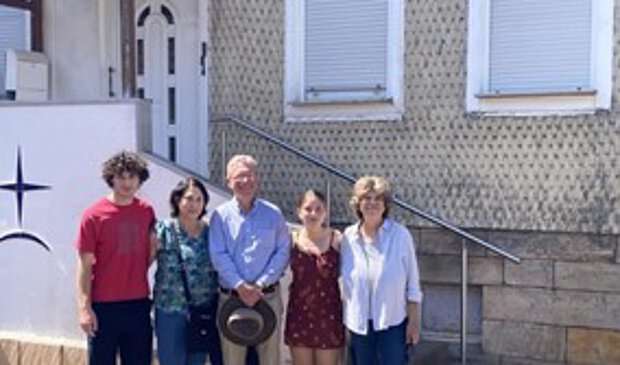
Acknowledgments
Special thanks go to our guests who came from distant parts of the world on this journey into their family's past. The Stumbling Stones are a tribute to the dead and also a place to remember them. After all, there are no graves, which are of great importance in the Jewish faith. So this installation of the Stolpersteine will create a lasting memory for our guests, but also for the people who pass by.
Many thanks to Louis Freedberg, who was here last August with his family members and provided me with important details, especially as there was only vague information about the Kupfer family. He acted as the important liaison between the many family descendants and made the connection with Martin Greenwood from Wales, who provided the photos of the Grünebaums and first clarified the existence of his Aunt Erna. Many thanks for this.
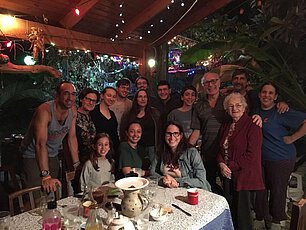
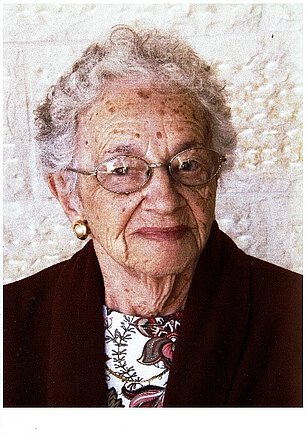
My very special thanks go to Margot Baum and her family, who have already been here in Schmalnau twice and have sought out traces of the family on behalf of her mother Elsa, née Heilbronn. She also provided me with photos of her grandparents Heilbronn and the Tannenwald relatives. Since 2007 I have been in email and telephone contact with Elsa Epstein née Heilbronn, who at the age of 97 is still very interested and to whom I send my warmest greetings and best wishes from here to the Sea of Galilee.
Thanks to everyone who made this special day possible.
Schmalnau, den 16. Mai 2023
Brigitte Füller-Jerwin
